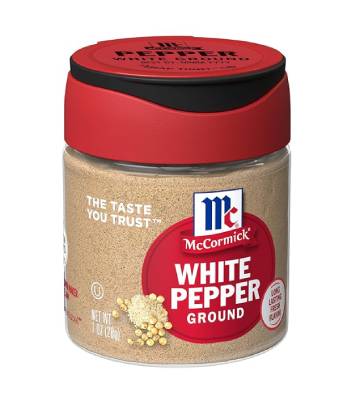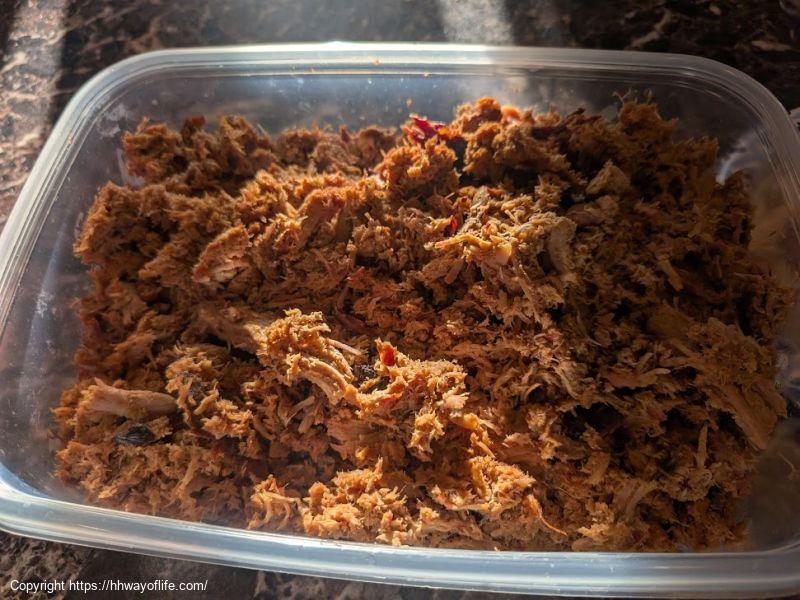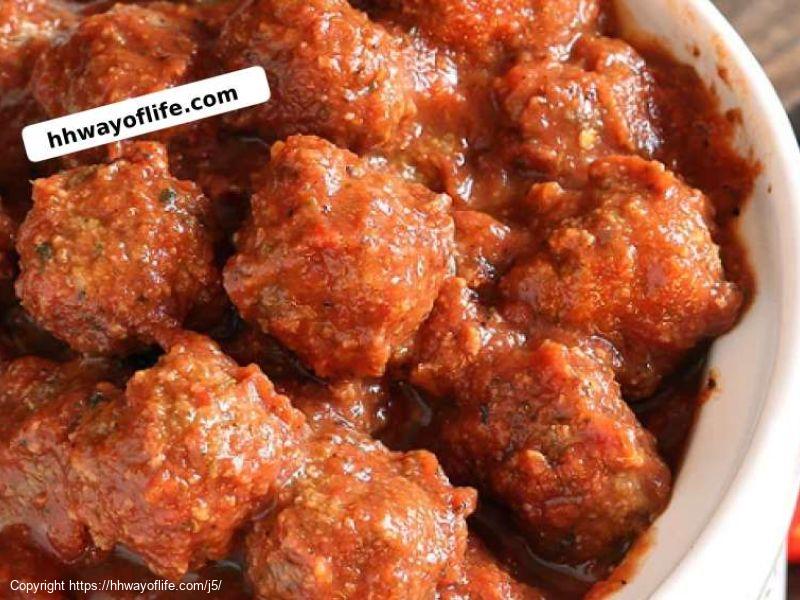Food Nutrition Facts
Nutrition Facts For
White Pepper
Portion Size: 1 Tablespoon
| Nutrient | Value | % Daily Value* |
|---|---|---|
| 21.0 kcal | 1% | |
| 0.0 g | 0% | |
| 0.0 g | 0% | |
| 0.0 mg | 0% | |
| 0.33 mg | 0% | |
| 5.0 mg | 0% | |
| 4.0 g | ||
| 1.0 g | ||
| 0.0 g | ||
| 3.0 g | ||
| 0.0 g | ||
*Daily value based on a 2,000 calorie diet. Your daily values may be higher or lower depending on your calorie needs and health goals.
Calculate your daily calorie needs here
Nutrition Facts For 1 Tablespoon of White Pepper

White pepper, derived from the same peppercorn as black pepper but processed differently, offers a unique set of culinary advantages. Its distinct flavor profile is often described as more subtle and earthy than black pepper, with a delicate heat that doesn't overpower other flavors in a dish. This makes it a popular choice in light-colored sauces, soups, and dishes where the visual presence of black flecks is undesirable. Beyond its aesthetic appeal, white pepper adds a nuanced depth of flavor, enhancing the overall taste of a dish without significantly altering its appearance.
Beyond its culinary applications, white pepper also offers some potential health benefits. Like black pepper, it contains piperine, a compound that has been studied for its potential anti-inflammatory and antioxidant properties. While more research is needed to fully understand these benefits, incorporating white pepper into your diet may contribute to overall well-being. It's important to note that white pepper should be used in moderation, as excessive consumption can cause digestive discomfort. However, when used judiciously, white pepper can add both flavor and potential health benefits to your meals.







